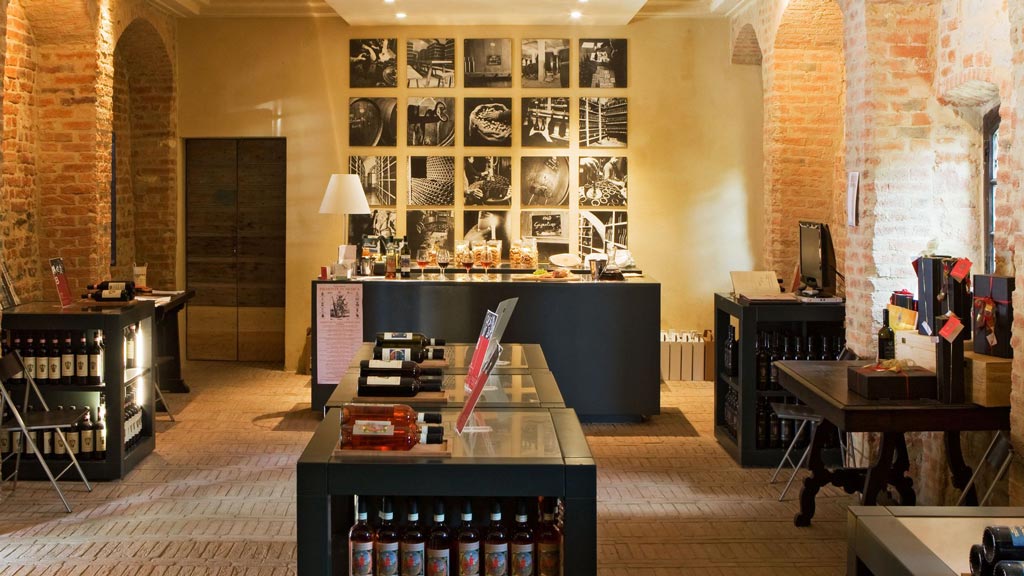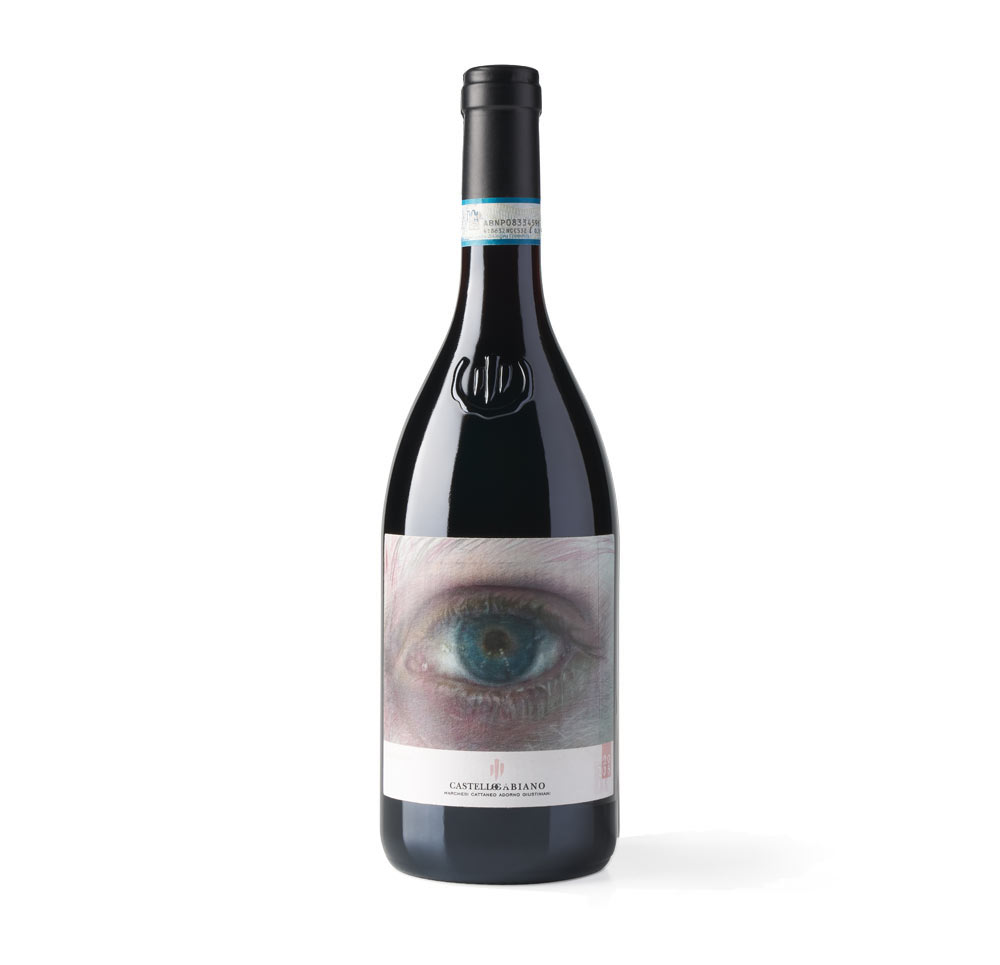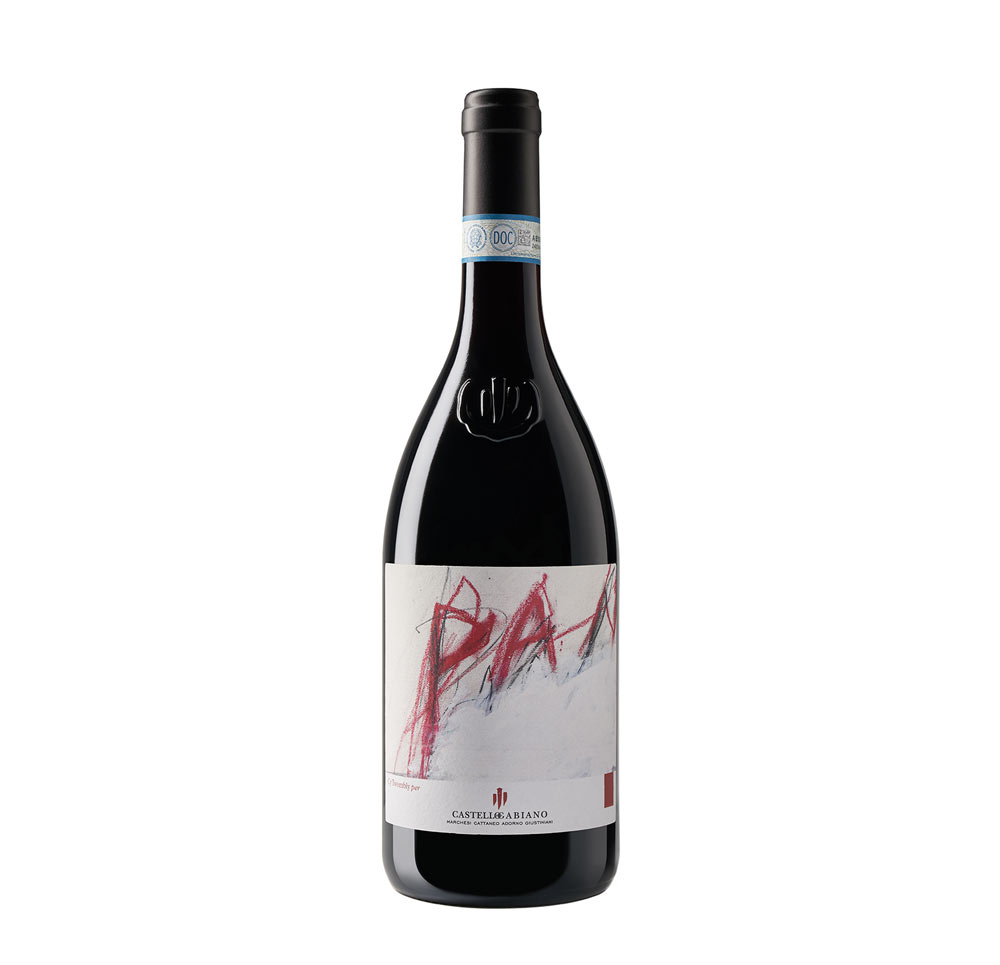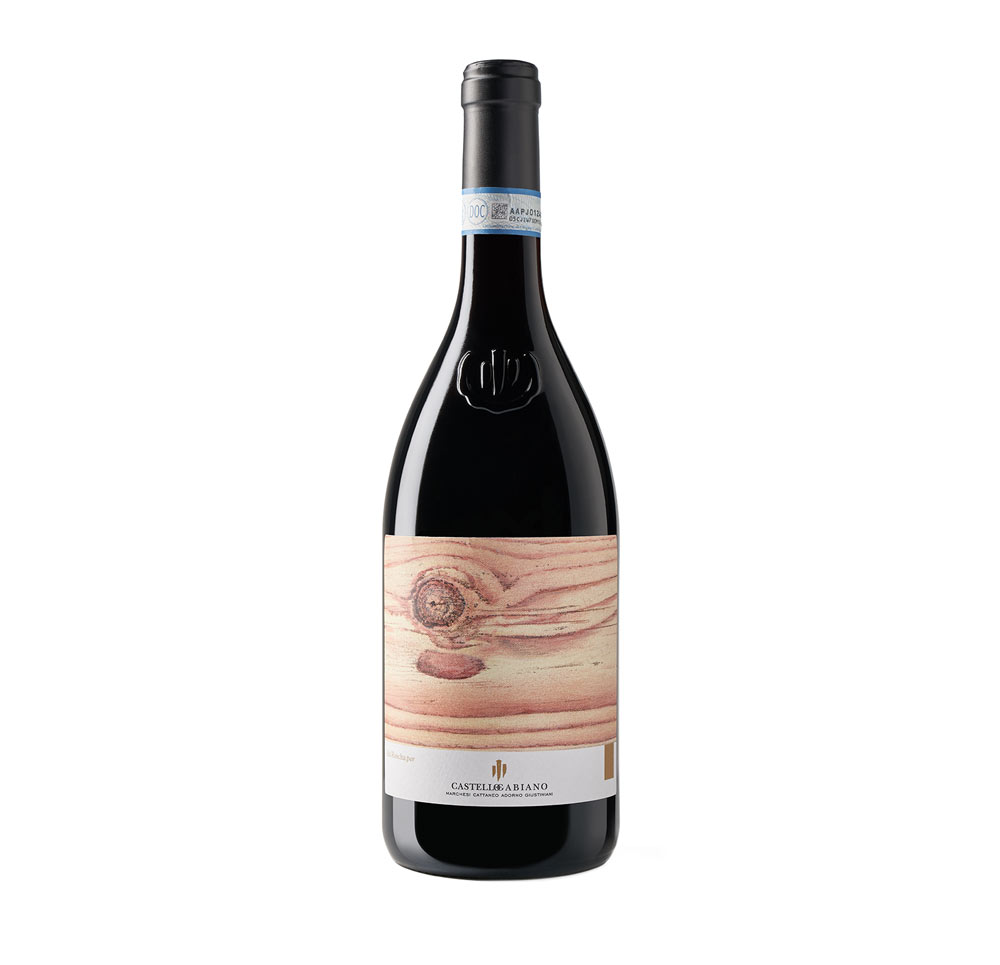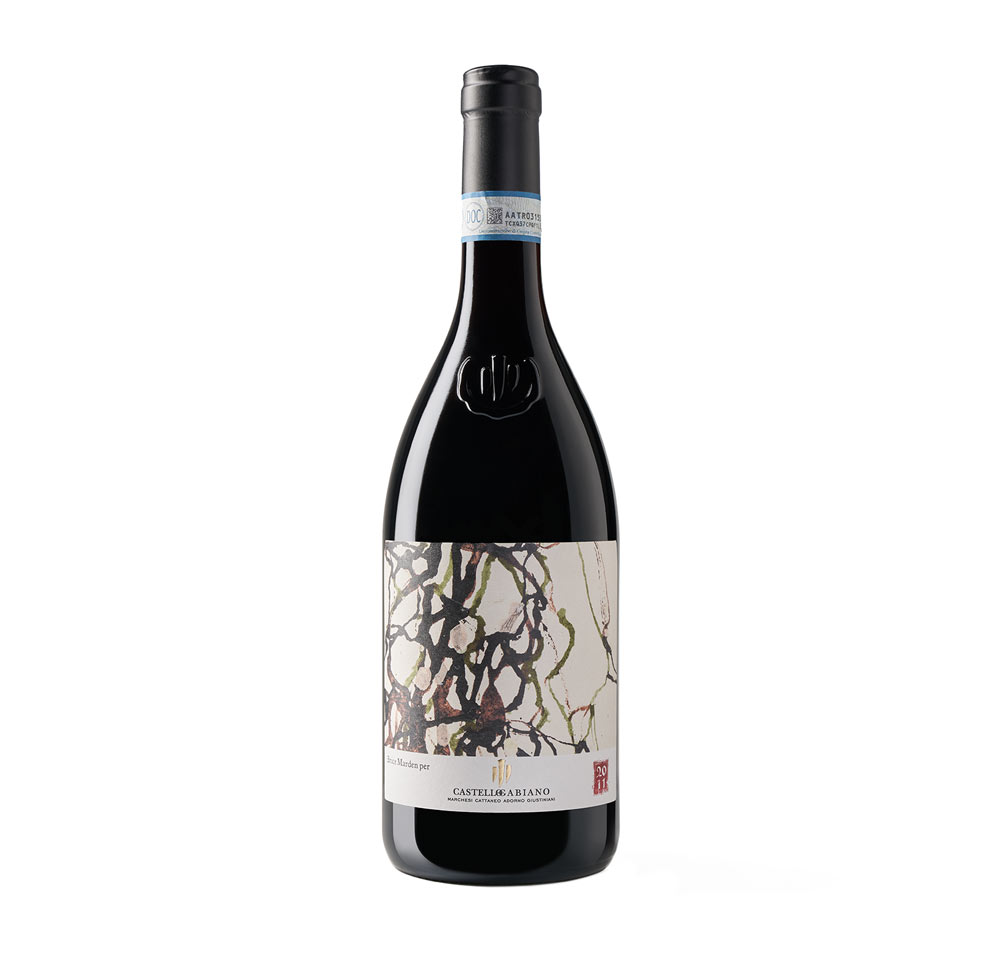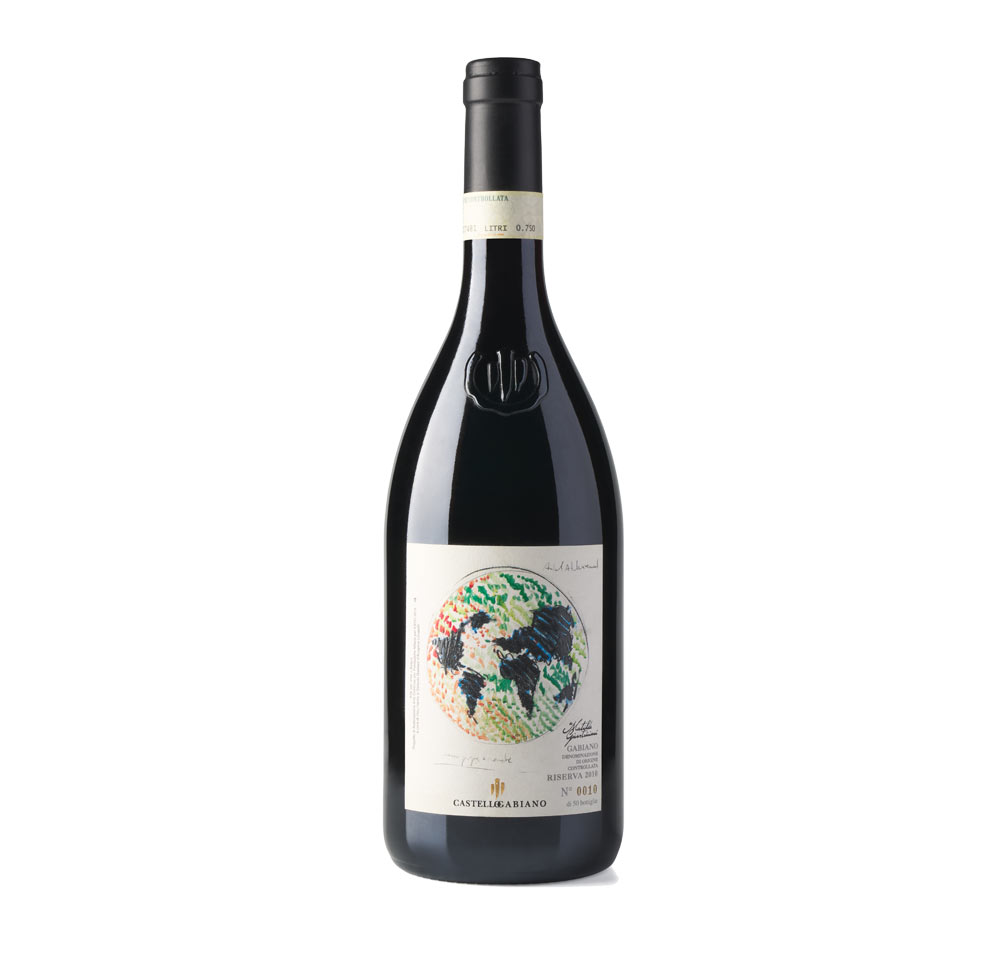Jenny Saville
Jenny Saville is the subject of an exhibition project conceived and curated by Sergio Risaliti,
director of the Museo Novecento, in collaboration with four other major museums in Florence:
Museo di Palazzo Vecchio, Museo dell’Opera del Duomo, Museo degli Innocenti, and Museo
di Casa Buonarroti.
The multipart exhibition places Saville’s paintings and drawings in
dialogue with masterworks of the Italian Renaissance, including some of Michelangelo’s
greatest masterpieces, offering a revealing encounter between the contemporary and the
historical.
Correspondences include the monumentality of Saville’s paintings—a distinctive
feature of her figurative language since her early career—as well as her research focused on
the body and flesh of her naked subjects.

